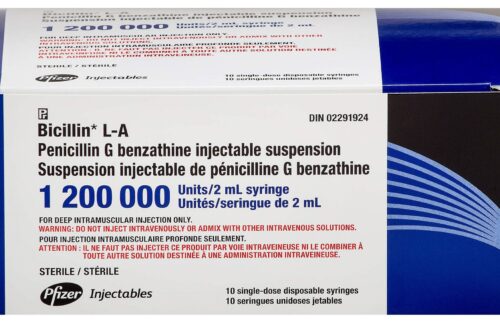Pesticide study looks at impact on Latina teens
UPDATE 7/27/2017 5:30 p.m.:
It was one year ago this week KION first told you about a study that looked at how pesticide exposure could impact Latina teens in the Salinas Valley. Last year, 100 girls between the ages of 14-16 were monitored for one week. They wore a silicone bracelet that detected about a thousand chemicals and a GPS device to see how close they got to agriculture fields.
One year later, the preliminary results of the COSECHA (Chamacos of Salinas Evaluating Chemicals in Homes & Agriculture) study have been released. The bracelets detected at least 69 pesticides, some found in ag fields, others found in everyday household items.
“An example could be the flea necklace (collar) that animals have so that was a highly found chemical,” said youth researcher Giselle Lazaro. “So that was pretty surprising to me that a lot of in-home use pesticides contain that chemical and it was found in our homes.”
Participants who cleaned their homes daily had less pesticide residue compared to those who didn’t. One mundane household item seemed to make a world of difference.
“We really didn’t think that a simple doormat being outside of a home could have a major impact within the participant,” said youth researcher Daisy Gallardo. “It was the most impactful, since we are trying to use those results to get doormats to our participants and for the public so they can reduce exposures in their home.”
Researchers believe cleaning and doormats led to less dust in the home.
“All pesticides cause secondary effects,” said Jose Manuel Camaco, coordinator for community outreach. “I can’t give you a specific example but I can tell you they’re harmful to one’s health.”
While they comb through the rest of the data, they want to educate the public about pesticide exposure, by working on radio skits and a video to show users how to map pesticide usage in their community.
“We believe that everyone has the right to know about their potential exposures, not only people who live in California or Salinas but in the whole United States,” Lazaro said. “So our goal with these projects is to inform our community but to also teach them alternatives rather than to use pesticides and how to also protect themselves from pesticides.”
The radio skits will air on Spanish-language stations in a few weeks.
The final results of the study could come out this fall. The COSECHA study is a youth-led project in collaboration with U.C. Berkeley and the Clinica de Salud del Valle de Salinas.
ORIGINAL POST:
One year ago this week, KION first told you about a study that looked at how pesticide exposure could impact the health of Latina teens living in the Salinas Valley.
Last summer, 100 Latina teens, between the ages of 14-16, were monitored for one week. They wore a silicone bracelet that could detect hundreds of chemicals and a GPS device to see how close they got to ag fields.
After pouring through the data, researchers are now sharing some of their preliminary findings.
The silicone bracelets detected at least 69 different chemicals. Some were used in household items like cleaning supplies or pet collars, while others were found in ag fields.
Researchers say the most surprising finding was the amount of pesticide residue and how it correlated to a doormat.
Homes that had a doormat has less pesticide residue compared to homes that did not. They also found homes that were cleaned daily had less residue compared to those that did not.
KION’s Mariana Hicks will have the full story tonight.


